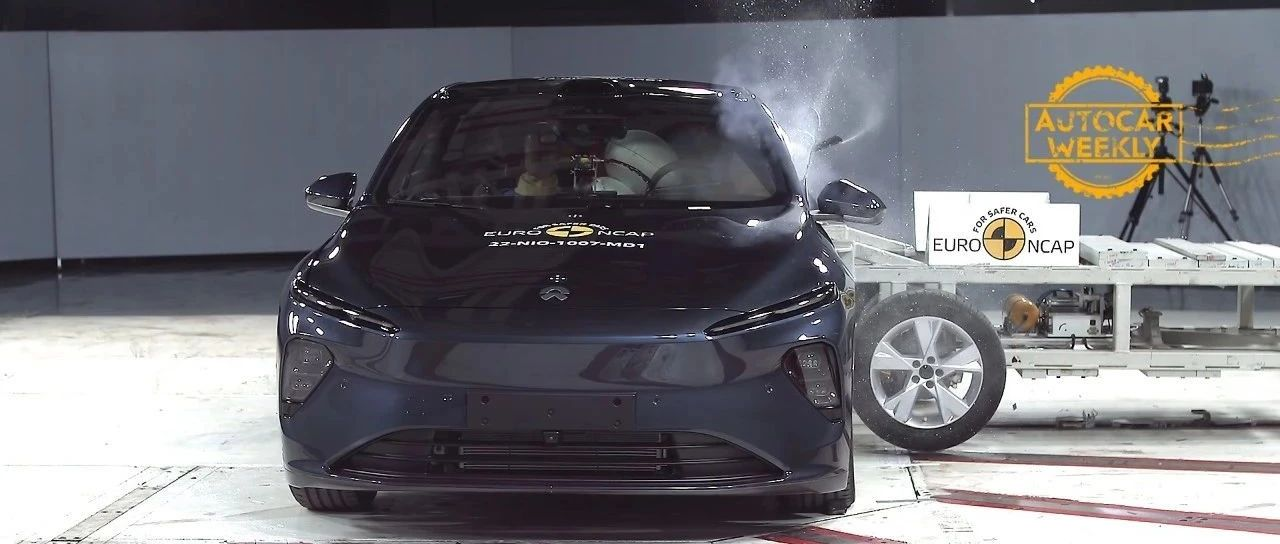Article Title: Rare Far-Side Airbags for Chinese Electric Cars Heading to Europe
If you are lucky enough to purchase a Model Y in China after August 2022, you would receive a rare safety feature – Far-Side Airbags. Other Chinese-made cars that have this feature available include NIO ET7, Polestar 2/3, and Lynk & Co 01 (as an option). All of these cars are manufactured in China and are set to be exported to Europe.
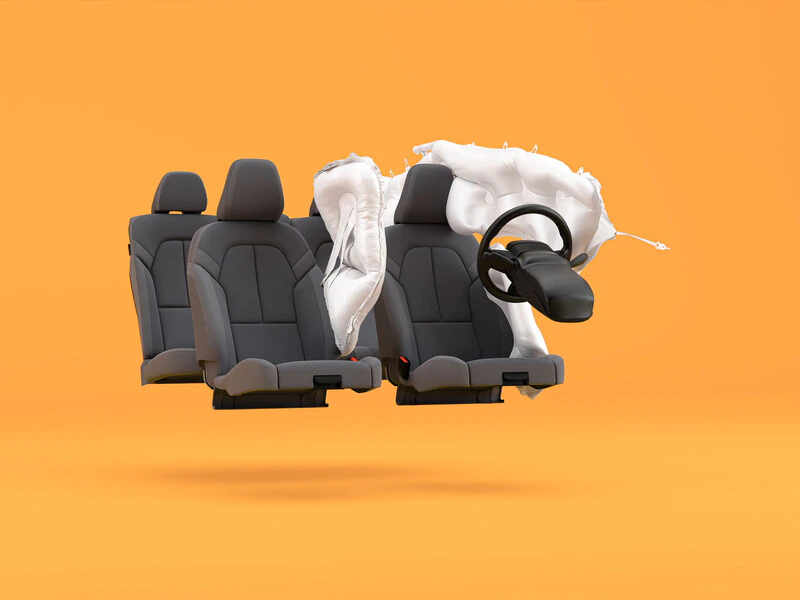
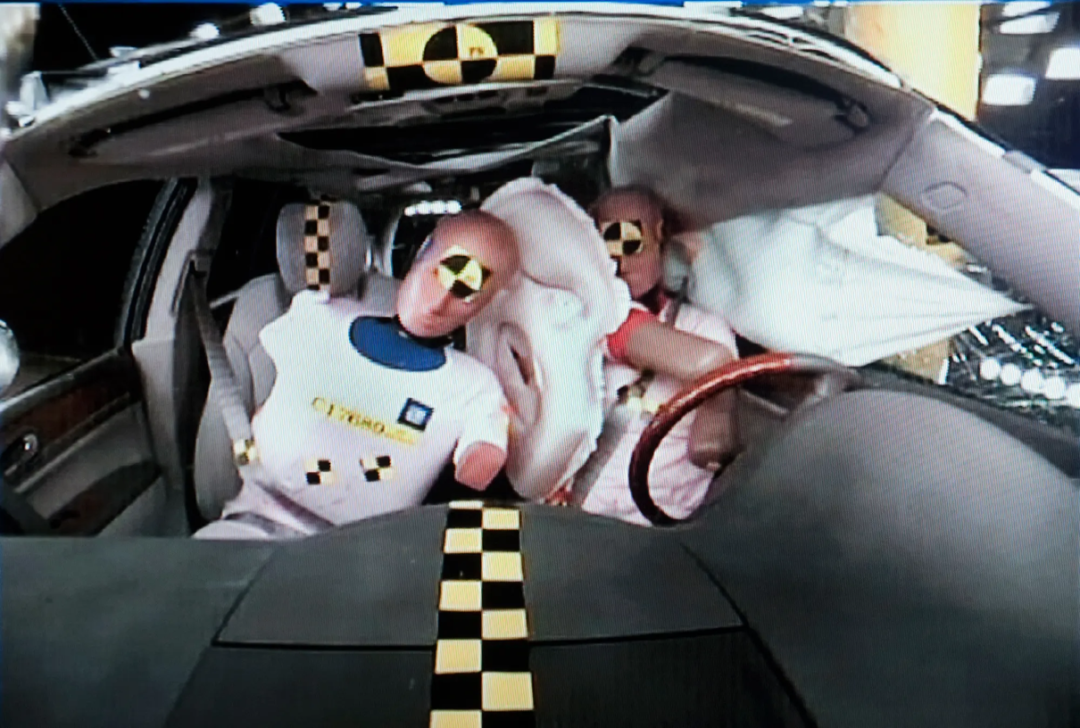
Far-Side Airbags, sometimes referred to as Inner-Side Airbags, are a new safety feature that aim to reduce injuries caused by side-impact collisions between front-seat passengers. These airbags are located in between the front-seat passengers and deploy during a side-impact collision to prevent contact between the passengers.
Since 2020, the European New Car Assessment Programme (Euro NCAP) has incorporated the Far-Side Impact crash test, which tests the effectiveness of passenger restraint systems during side impacts. The test has two parameters: Far-Side Excursion, which evaluates the seatbelt’s ability to restrain passengers during a collision, and Occupant Interaction, which assesses the interaction between the two front-seat passengers during a collision.
Although not yet a mandatory requirement, many car manufacturers are opting to include Far-Side Airbags in their cars to improve their crash test ratings. In recent years, Chinese electric car companies exporting to Europe and overseas automakers manufacturing in China have started to invest in this additional safety feature.Since the beginning of this year, vehicles manufactured in China and exported to Europe, including NIO’s ET7, WEY’s Coffee 01/Coffee 02 (Mocha/Latte), Smart #1, Ora’s Funky Cat, and even budget cars in China, such as Chery Ora R1 and BYD ATT3 (Yuan Plus), all come equipped with side curtain airbags in Europe, according to E-NCAP tests.
For example, Shanghai’s Gigafactory began exporting Model Y to Europe from the middle of 2021. Tesla Germany’s driver’s guide added a note: Model Y vehicles produced at the Shanghai factory from June 27, 2022, will be equipped with airbags on both sides of the driver’s seat (i.e., adding side curtain airbags).
Starting in August 2022, Model Ys produced and sold in the Chinese market from the Shanghai factory are also equipped with side curtain airbags as a standard feature.
However, since the mainstream crash-testing standards, such as IIHS in the US, have not yet included side impact tests, Model Y in the US market has not been equipped with side curtain airbags accordingly. As a result, the decision to equip Chinese-made Model Ys with side curtain airbags at the Shanghai factory has sparked controversy among American consumers, and some initially thought that this was a “China-exclusive feature”.
Nevertheless, there were also exclusive features in the North American Model Y to meet local regulatory requirements. For example, the US version of the Model Y has knee airbags in the front row, which is not available in the European and Chinese versions.
So, in fact, there is no absolute sense of “having conscience”. The main driving factors are local regulations and collision testing standards. There is no such thing as a peaceful time. It’s just someone who offends the automaker for you.
Of course, this is somewhat absolute. There are indeed domestic markets that do not require relevant tests, such as Tesla, NIO, and Polestar, which have also become standard with remote airbags. However, the few domestic models with this configuration all have the identity of “export to Europe”, indicating that both “conscience” and “incidentally” are commendable.
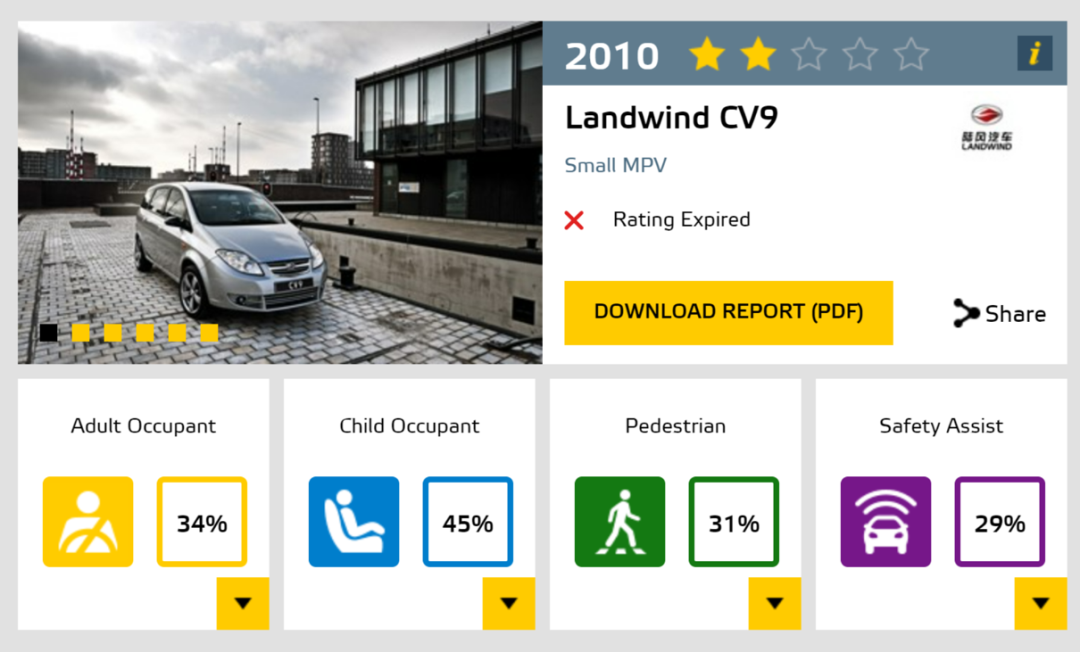
The configuration of the safety airbag is just a microcosm of the details. The relationship between the once unattainable E-NCAP and the export of domestic cars has turned from fear and speculation in the early years to today’s carefree attitude. The domestic car models mentioned earlier all won the five-star rating of E-NCAP.
Especially for domestic independent brands, compared to more than a decade ago when they were frequently seen with two or three stars on E-NCAP, today’s independent car models, after only three days, have already become like an Eastern five-star army.
And today’s E-NCAP five-star rating cannot be compared with the past five-star rating. In recent years, the automotive collision testing field is known for its strictness by North America IIHS, especially 25% offset collision that took away a considerable part of the limelight. However, in fact, Europe’s collision testing has been continuously improving standards and introducing innovations.
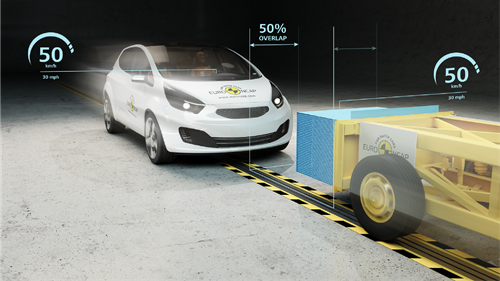
For example, with offset collisions, E-NCAP actually first introduced the concept of offset collisions, but the more deadly IIHS 25% small offset collision stole the show. So in 2020, E-NCAP upgraded its offset collision standard from 40% overlap and 64 km/h impact against a fixed obstacle, to 50% overlap, but at speeds of 50 km/h when colliding head-on with an oncoming car.Although the overlap ratio of the bias has increased, the speed of the test car relative to the obstacle has increased from the original 64 km/h to 100 km/h (50km/h + 50km/h), and the simulation degree of this frontal offset collision is not possessed by other testing facilities around the world.
Innovation is reflected in two aspects. Firstly, the remote effect-related test, which is an E-NCAP’s original creation, has been mentioned before. On the other hand, as a progressive action, E-NCAP raised the proportion of active safety score from 13 points to 16 points in the 2020 standard upgrade, and even added a nighttime test for automatic emergency braking for pedestrians.

Of course, we know that automakers have the ability and willingness to make different designs, materials, and configurations for the same model in different markets. The configuration of various airbags in different regions is a good example, not to mention the unsubstantiated reduction of steel materials and structures.
However, in the short term, the outflow of Chinese brands more likely opens up new markets and enhances international image. The limited export sales in the initial stage may not support the material differences as people imagine. At this time, the safety of the overseas version may explain some problems to some extent.
In the long run, the ability problem is solved under the pressure of going abroad, so even if the willingness problem is left, it will eventually be something that consumers have the ability to push and change.
This article is a translation by ChatGPT of a Chinese report from 42HOW. If you have any questions about it, please email bd@42how.com.
